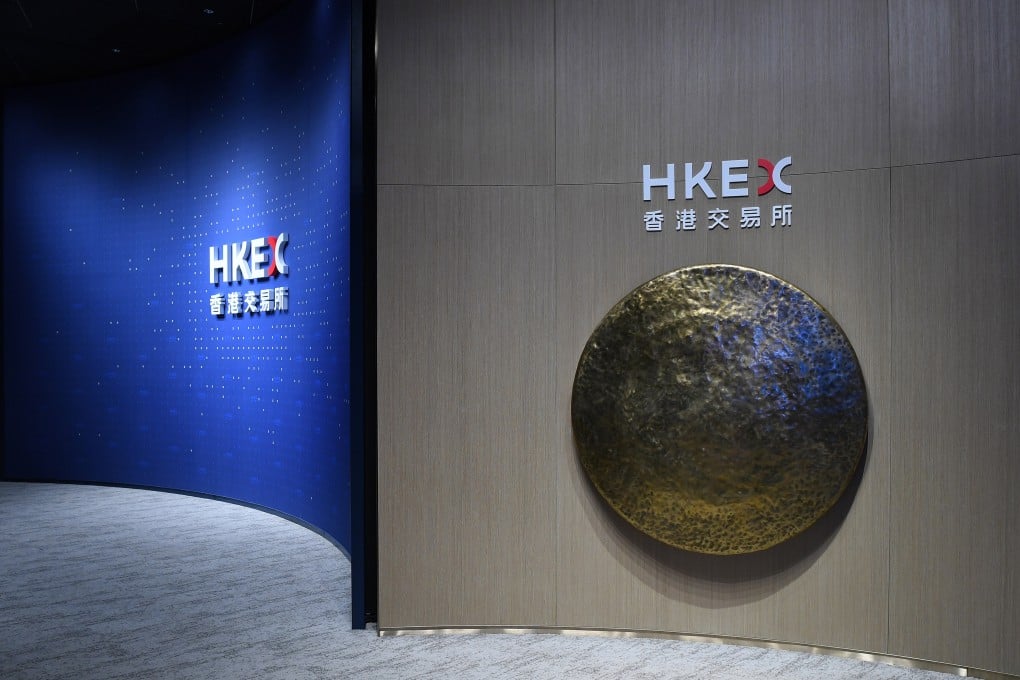Hong Kong IPO market finds ‘positivity’ after slow first half of 2024 as deal pipeline fills
- IPO proceeds in Hong Kong fell 35 per cent to US$1.5 billion in the first half, but a surge is in progress, according to KPMG and EY

High interest rates and global economic uncertainty depressed IPO fundraising in Hong Kong by 35 per cent year on year to HK$11.6 billion (US$1.5 billion) in the first half, according to KPMG. Deal volume fell 15 per cent to 27 new listings, and the average deal size plunged 25 per cent to HK$428 million.
Those stats will put Hong Kong in 10th place among IPO venues globally for the first half, KPMG estimates. However, things are looking up, with the pipeline of active applications at 105 currently from 68 in January, KPMG’s report said.
“There is new-found positivity in the Hong Kong IPO market, as evidenced by the surge in IPO applicants,” said Irene Chu, partner and head of new economy and life sciences in Hong Kong for KPMG China.
“This upsurge has been supported by the CSRC’s five measures and A-share applicants switching their IPO plans to Hong Kong,” Chu said.
Mainland Chinese companies dominated the Hong Kong IPO market in the first half.
